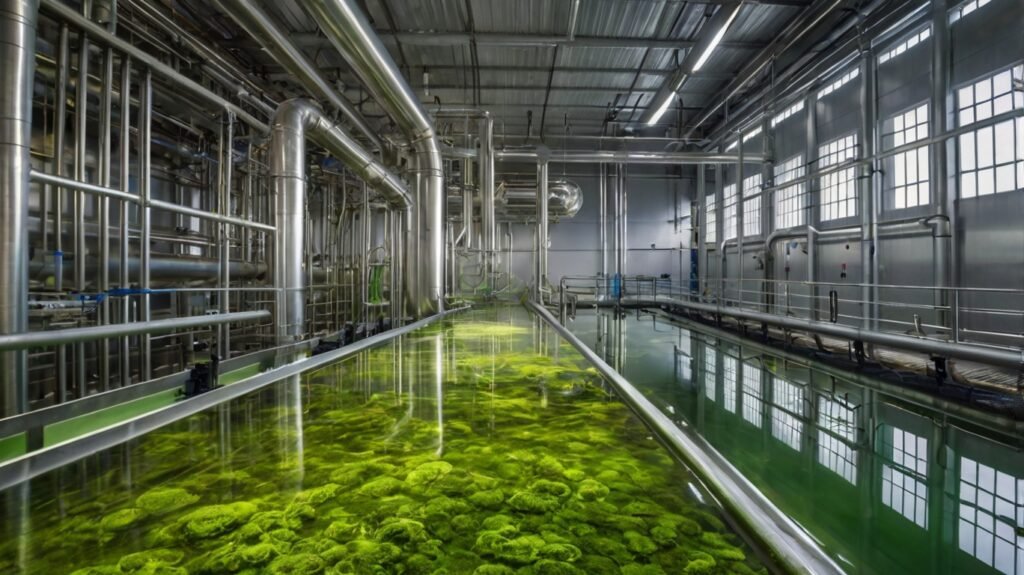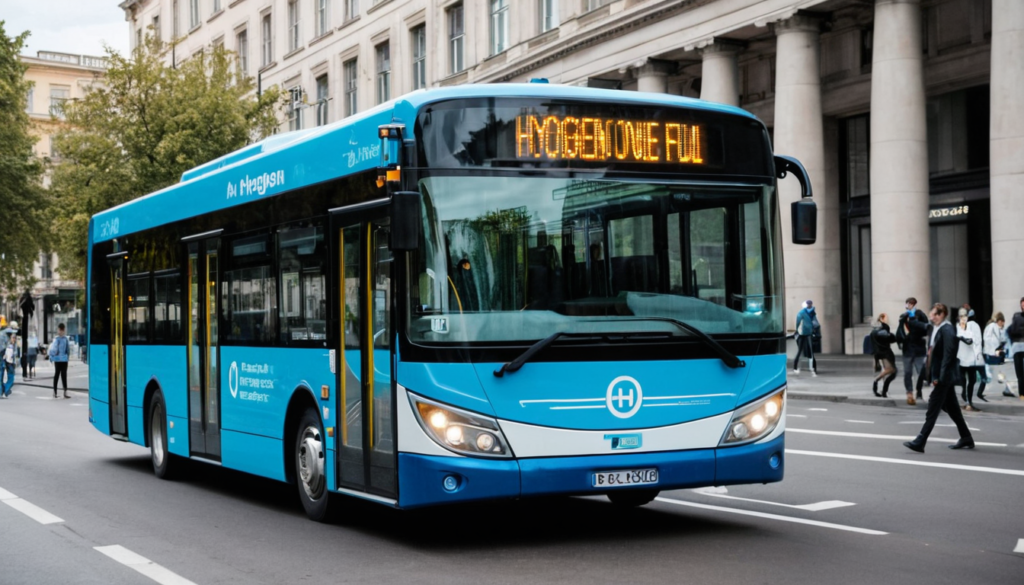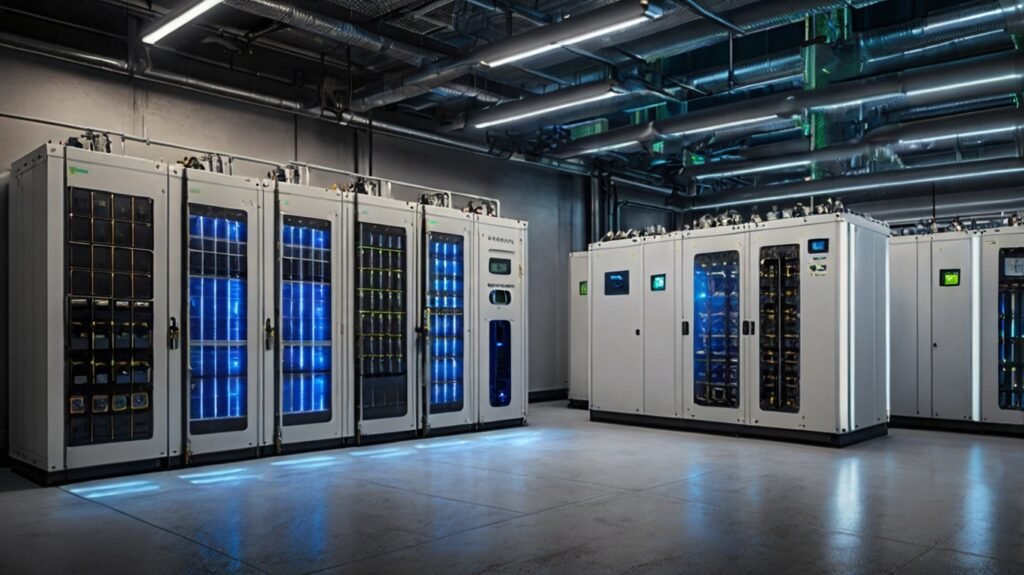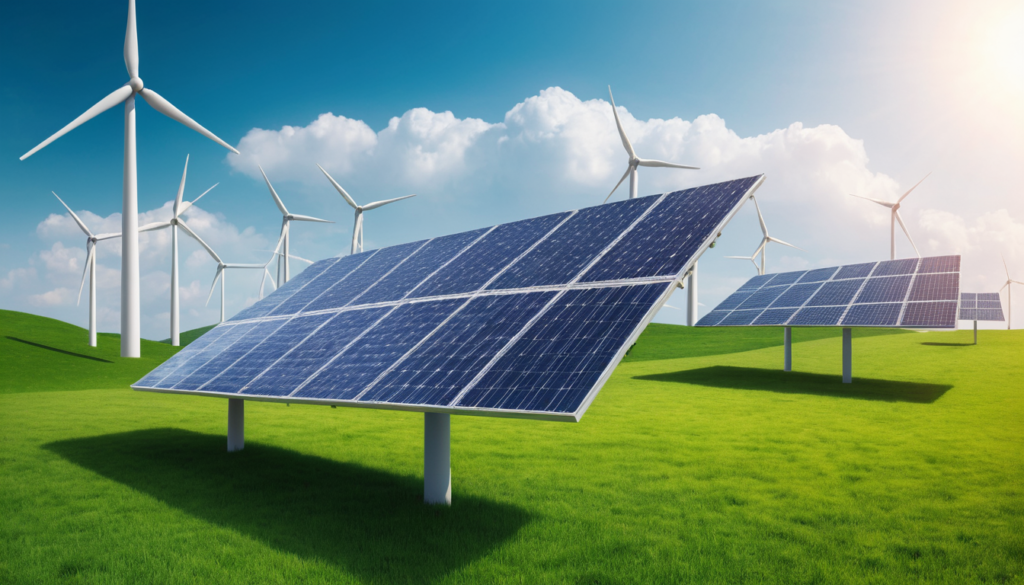Green Energy Technologies
Green Energy Technologies
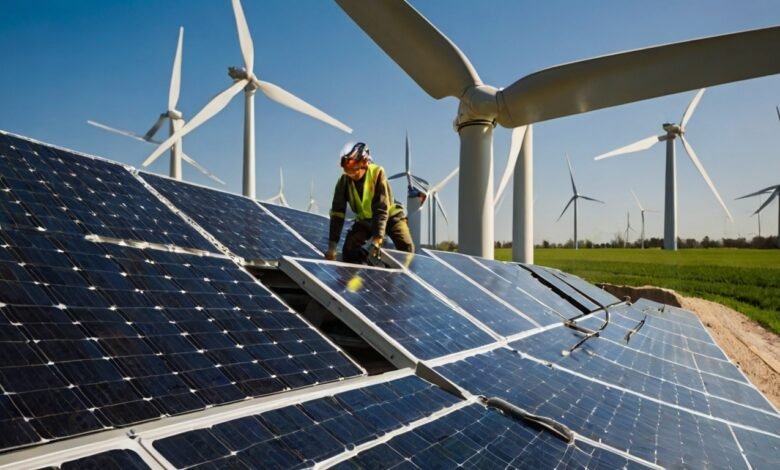
Table of Contents
ToggleTop 7 Green Energy Technologies Changing the World in 2024
Introductions:
In 2024, the global push towards sustainable energy has never been more urgent. Climate change continues to impact ecosystems and economies, and countries worldwide are intensifying their efforts to reduce carbon emissions. The demand for renewable, clean energy sources has skyrocketed, leading to various green energy technology breakthroughs. From advancements in solar panels to the rise of green hydrogen, the energy sector is evolving rapidly.
This article will explore the Top 7 Green Energy Technologies transforming the global energy landscape in 2024. These innovations promise a cleaner future and present new opportunities for economic growth and technological progress.
Solar Power Innovations:
Solar energy remains the cornerstone of the green energy movement. In 2024, solar power technology has reached new heights in efficiency, affordability, and adaptability.
Advancements in Photovoltaic (PV) Cells:
Traditional silicon-based solar panels are now complemented by more advanced technologies like perovskite solar cells, which boast higher efficiency rates. These cells are lighter, more flexible, and can be integrated into surfaces like windows, roofs, and textiles. The conversion efficiency of perovskite cells has exceeded 30%, making them one of the most promising innovations in solar technology.
Solar Power Storage Solutions:
One of the main challenges of solar energy has been the inconsistency of sunlight. However, in 2024, advancements in solar energy storage are making solar power more reliable. Lithium-ion and solid-state batteries are improving capacity, enabling homes and businesses to store excess solar power during night or cloudy periods.
Solar Desalination Systems:
Another remarkable innovation is the integration of solar power with desalination systems. Countries facing water shortages, such as in the Middle East and parts of Africa, use solar-powered desalination to turn seawater into drinkable water, simultaneously addressing energy and water scarcity.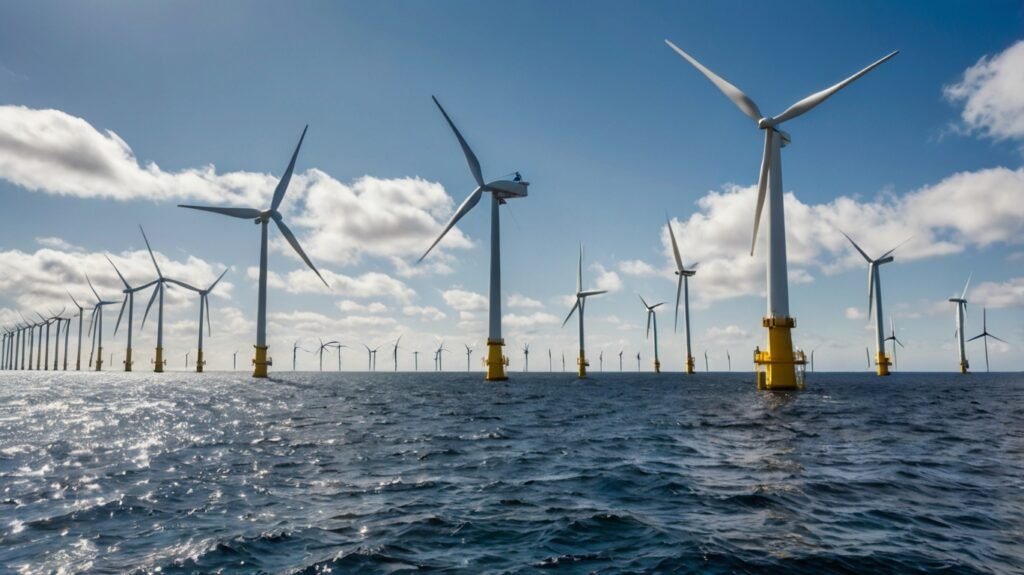
Wind Energy Advancements:
Wind energy has evolved dramatically in 2024, thanks to new turbine designs and the expansion of offshore wind farms.
Floating Wind Farms:
While onshore wind farms have been well-established, the future lies in floating offshore wind farms. These farms are placed in deeper waters with stronger and more consistent winds. Innovations in turbine anchoring and design have made installing wind farms far from the coast possible, minimizing visual impact and optimizing energy production.
Vertical-Axis Wind Turbines (VAWTs):
Vertical-axis wind turbines are complementing traditional horizontal-axis turbines. These turbines are quieter, require less maintenance, and can operate in lower wind conditions. They are particularly suitable for urban environments and small-scale installations.
Hybrid Wind-Solar Farms:
In 2024, combining wind and solar hybrid farms is becoming more common. By integrating solar panels at the base of wind turbines, energy production can be maximized throughout the day. Wind energy compensates when solar output is low, ensuring a steady power supply.
Hydropower and Tidal Energy:
Hydropower has long been a reliable renewable energy source, but tidal energy is rapidly gaining traction as an emerging technology in 2024.
Tidal Stream Generators:
Tidal energy harnesses the power of ocean tides to generate electricity. Developing tidal stream generators, which operate similarly to underwater wind turbines, is highly effective in coastal regions. Tidal energy is predictable and stable, unlike wind or solar, providing a consistent power source.
Pumped-Storage Hydropower (PSH):
Hydropower plants evolve with pumped-storage hydropower, a large-scale energy storage system. When electricity demand is low, excess energy is used to pump water to a higher elevation. When demand increases, the stored water is released to generate electricity. This system improves grid stability and complements renewable sources like wind and solar.
Small-Scale Hydropower:
For smaller communities and off-grid areas, small-scale hydropower will become more accessible in 2024. Innovations in turbine technology allow hydropower generation from even modest water flows, making it suitable for rural regions.
Geothermal Energy Expansions:
Geothermal energy, which taps into the Earth’s natural heat, is experiencing a renaissance in 2024 as new technologies make it more accessible and efficient.
Enhanced Geothermal Systems (EGS):
Traditional geothermal plants are limited to areas with natural hot springs or volcanic activity. However, enhanced geothermal systems (EGS) have expanded the possibilities by artificially creating geothermal reservoirs. This technology involves injecting water into deep wells, heated by the Earth’s core, and returned to the surface to generate electricity.
Geothermal Heat Pumps:
Geothermal energy is for more than just power plants. Geothermal heat pumps are installed in homes and businesses to provide heating and cooling. This technology is highly efficient, using the Earth’s stable underground temperature to regulate indoor climate, significantly reducing energy costs.
Biomass and Bioenergy Innovations:
Biomass energy is derived from organic materials such as plants, agricultural waste, and algae. In 2024, bioenergy will be crucial in transitioning to a greener economy.
Second-Generation Biofuels:
Second-generation biofuels, made from non-food crops like switchgrass and algae, are gaining momentum. These biofuels are more sustainable and have a lower environmental impact than their first-generation counterparts, which rely on food crops like corn and sugarcane.
Algae Bioenergy:
Algae bioenergy is a particularly exciting development. Algae grow quickly, can be cultivated in wastewater, and produce oil that can be converted into biofuel. In 2024, large-scale algae farms are being developed to produce renewable fuels for aviation and shipping, sectors that are difficult to electrify.
Biomass Gasification:
Another breakthrough in bioenergy is biomass gasification, a process that converts organic material into syngas, which can be used to generate electricity. This technology is being deployed in urban and rural areas to reduce waste and provide renewable energy.
Green Hydrogen Technologies:
One of the most talked-about green energy technologies in 2024 is green hydrogen. Green hydrogen is a clean and versatile fuel source produced by splitting water molecules using renewable energy.
Hydrogen Fuel Cells:
Hydrogen fuel cells power vehicles, including buses, trucks, and trains. These fuel cells produce electricity through a chemical reaction between hydrogen and oxygen, with water being the only byproduct. In 2024, hydrogen-powered public transport systems will be deployed in major cities worldwide, reducing urban pollution.
Hydrogen in Heavy Industry:
Green hydrogen is also being adopted In industries that are difficult to electrify, such as steel production, cement manufacturing, and chemical refining. These industries traditionally rely on fossil fuels, but hydrogen offers a zero-emission alternative to meet their high energy demands.
Hydrogen Storage:
One of the challenges with hydrogen has been storage and transportation. In 2024, advancements in liquid and solid-state hydrogen storage are making storing hydrogen for long periods easier and safer, making it a viable energy carrier.
Energy Storage and Smart Grids:
As renewable energy sources like solar and wind become more prevalent, efficient energy storage and distribution systems are critical to maintaining a stable power supply.
Next-Generation Batteries:
Lithium-ion batteries have been the standard for energy storage, but in 2024, solid-state and flow batteries are gaining attention for their superior energy density and safety. These next-generation batteries can store more energy for longer periods, making them ideal for grid-scale storage and electric vehicles.
Smart Grid Technology:
The rise of smart grids is revolutionizing the way energy is distributed. Smart grids use artificial intelligence (AI) and machine learning to optimize energy flow, predict demand, and respond to outages in real time. By balancing supply and demand more effectively, smart grids make renewable energy sources more reliable and reduce the need for backup fossil fuel plants.
Vehicle-to-Grid (V2G) Systems:
Vehicle-to-grid (V2G) technology allows electric vehicles to act as energy storage devices, feeding excess power back into the grid when demand is high. This technology is becoming increasingly popular in 2024 as electric vehicle adoption grows, helping to stabilize the grid and provide additional energy reserves.
The Future of Green Energy Technologies Beyond 2024:
Looking beyond 2024, the future of green energy technologies is incredibly promising. With ongoing research in nuclear fusion, space-based solar power, and advanced energy storage solutions, the green energy landscape is set to continue evolving. These technologies will play a crucial role in reducing our reliance on fossil fuels, mitigating the effects of climate change, and building a sustainable future for generations to come.
Conclusion: The Path to a Greener Future:
As 2024 unfolds, it is clear that green energy technologies are no longer just an option; they are necessary for combating climate change and building a sustainable future. From the revolutionary advancements in solar and wind power to the promising potential of green hydrogen and energy storage, these innovations fundamentally transform how we produce, store, and consume energy.
Governments, industries, and individuals increasingly embrace these technologies to meet global climate goals. However, challenges remain—financial costs, infrastructure limitations, and the need for more comprehensive policies. Despite these hurdles, the rapid pace of innovation and the growing public awareness of environmental issues provide hope that these green technologies will soon become the new standard.
The journey towards a sustainable, green-powered future is well underway. With continued investment in research, development, and global collaboration, the dream of a carbon-neutral world could become a reality. By embracing these top 7 green energy technologies, we protect our planet and create a healthier, more prosperous future for all.
FAQs about Green Energy Technologies:
1. What are the top green energy technologies in 2024?
The top green energy technologies include solar power innovations, wind energy advancements, hydropower and tidal energy, geothermal energy, biomass, green hydrogen, and energy storage systems.
2. How will solar power become more efficient in 2024?
Solar power is becoming more efficient with the development of perovskite solar cells and advanced energy storage solutions, allowing for higher energy conversion rates and greater reliability.
3. What role does hydrogen play in green energy?
Green hydrogen is a versatile and clean fuel used in transportation, heavy industry, and energy storage, providing a zero-emission alternative to fossil fuels.
4. Can tidal energy be a reliable source of power?
Tidal energy is a predictable and consistent renewable energy source, particularly valuable for coastal regions with strong and regular tides.
5. What are smart grids, and how do they improve energy distribution?
Smart grids use AI to optimize energy distribution, predict demand, and prevent outages, making renewable energy sources more reliable and reducing energy waste.
6. What are the challenges of adopting green energy technologies?
Challenges include:
- The high initial infrastructure Cost.
- Regulatory hurdles.
- There is a need for ongoing technological innovation to improve efficiency and accessibility.
“TO READ MORE ARTICLES SO CLICK HERE”
Suggestions LINK’S:
Stay Safe Online: Essential Cybersecurity Tips for Everyone
Robotics: Revolutionizing the Future with Technology
Discover the Power of Virtual Reality for Immersive Experiences



